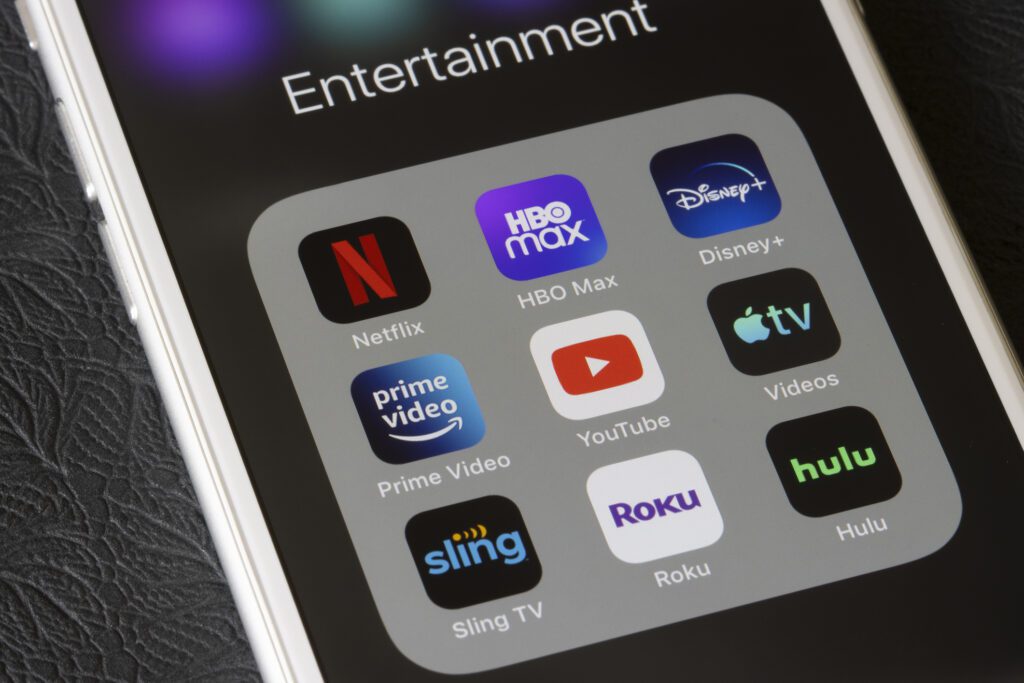Why Roku Is a Platform To Watch For Political Marketers
Where will digital ad dollars be going in 2022? Political advertisers need to be open to new and emerging channels.

Image credit: hapabapa
One question we’ve enjoyed putting to digital consultants lately is what platform they’re eyeing for political ad dollars in 2021-2022.
Sure, the next Facebook is somewhere out there on the horizon. But there are also some useful, under-the-radar and operational platforms that practitioners are considering for a larger share of their clients’ ad budgets.
One that Cat Stern, the new director of digital persuasion at Authentic, singled out is Roku.
“I think Roku is an interesting organization to watch because they’ve really tried to differentiate themselves as a strong competitor to Amazon. They have a DSP. They have hardware, they have software, and through this merger with Nielsen they have the ability to dynamically insert ads into linear TV.”
They also have access to “really deep watch data,” which is made available to political marketers, Stern added. “They’re a company that I’m definitely keeping an eye on.”
Another ad channel that Stern, who previously worked at Amazon Advertising, Lockwood Strategy, and ACRONYM, is watching: programmatic video.
“There’s a lot of non-skippable inventory,” she said, noting that with programmatic inventory it’s possible to layer on third-party segments and do voter-file matching.
“They also have browser settings so you can target by language, really robust geo-targeting — there’s just a lot of scale there.”
When it comes to persuasion, Stern is an advocate of making ads as digestible as possible: “One area where we’ve had a ton of success, if you’re going after young folks, is Snapchat. Their CPM is really low so you can’t get a lot of great inventory there and you can match voter files.”
Ultimately, Stern said all political advertisers need to be ready for the uncertainty the midterm cycle could bring: “Between now and 2022 technology could change drastically so our job is to always be on our toes.”
